
|
|
Your choice of planting will clearly depend on the
style of garden you wish to create and the size
of your plot. With space permitting consider a tree or two, even small
trees can give important
structure to your space. |
Pine matsu
black pine - Pinus thunbergii
red pine - Pinus densiflora
white pine - Pinus pentaphylla
The evergreen pine represents permanence.
Can be, and are, well pruned and shaped, the 'S' shaping of the trunk
is often applied. |
 |
Maple momiji
There are so many forms of the popular Acer
palmatum and any of them will give that touch of elegance to
a garden.
Consider; disectum atropurpureum for
it's finely divided purple leaves or the coral bark maple sango-kaku
with it's pink stems.
Most need a shady spot. A must for autumn colour. |
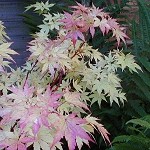 |
Japanese Cherry sakura
Again lots of varieties of Prunus
to choose from. Unlike most other trees they are not pruned. Large
trees are often supported on elaborate trellis, there is an exceptional
example in Kyoto's Sambo-in.
Japanese Plum ume
Prunus mume on the other hand can be
heavily pruned, with many varieties available. |
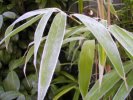 |
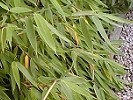 |
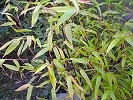 |
| Bamboo, can be expensive plants (in
the UK) and many varieties of these giant grasses are unsuitable for
gardens due to their invasive nature - so choose carefully. The elegant
black bamboo phyllostachys nigra is less
aggressive and will look great against a fence. |
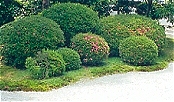 |
The ubiquitous satsuki,
of Japanese gardens is the azalea but
not the kind of variety found in UK garden centres. These, very compact
forms, are used to create all those lovely globe plantings.
For my alternatives see the topiary page. |
| Camellia
tsubaki |
Azalea satsuki |
Japanese quince |
 |
 |
 |
Great for large hedges
like
this one at Ginkaku-ji Kyoto |
Home grown varieties are not so suitable for clipping
they still have their place. |
Chaenomeles
japonica is a fine evergreen plant suitable for fences. |
| Iris ayame |
|
|
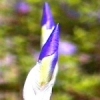 |
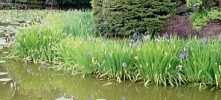 |
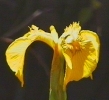 |
| Bulb plant with many varieties. Ideal
for pond side where drifts can blend hard edges. |
| Ferns |
|
|
 |
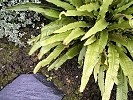 |
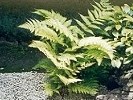 |
| Attractive foliage for shady spots.
Ferns can provide structural accents near ponds and other features.
A small plant against a rock with surrounding moss can be all that's
needed to represent the essence of a Japanese garden. |
| Ground cover |
| Dwarf bamboo |
Thyme |
Conifers |
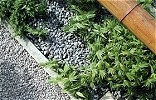 |
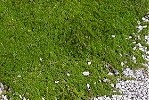 |
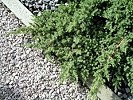 |
| Ground space in Japanese gardens is
generally covered by gravel, moss or in larger gardens grass. Moss
does give just the right texture but clearly needs moisture and shade
to succeed. Without those conditions you might consider some of the
thymes as alternatives. For general ground and low cover try one of
the dwarf bamboos or the horizontal conifer varieties. |
|


